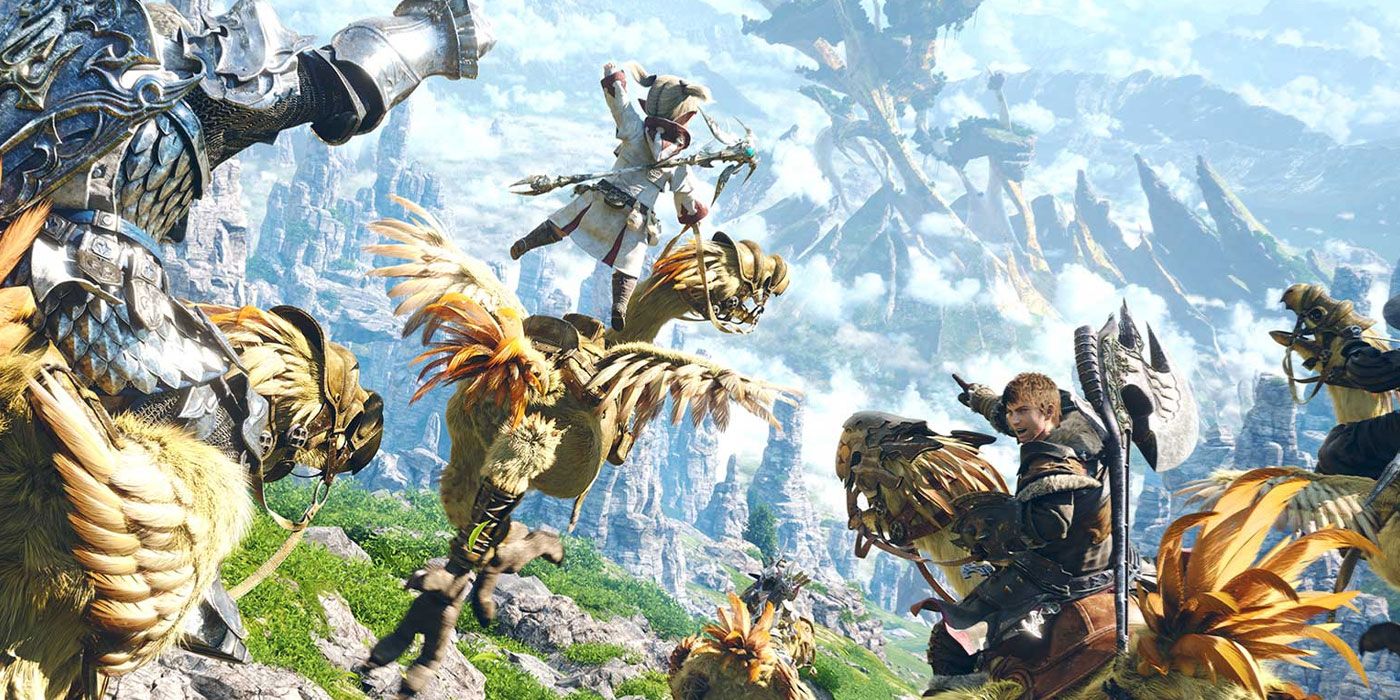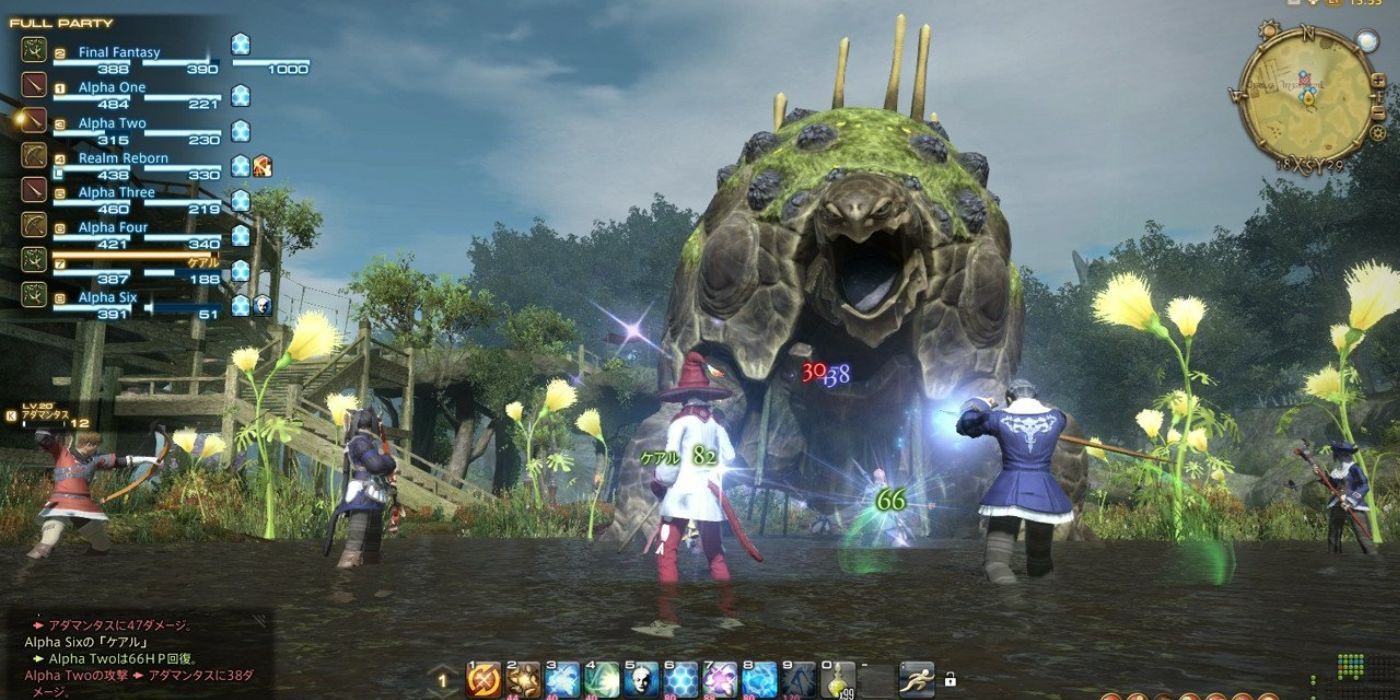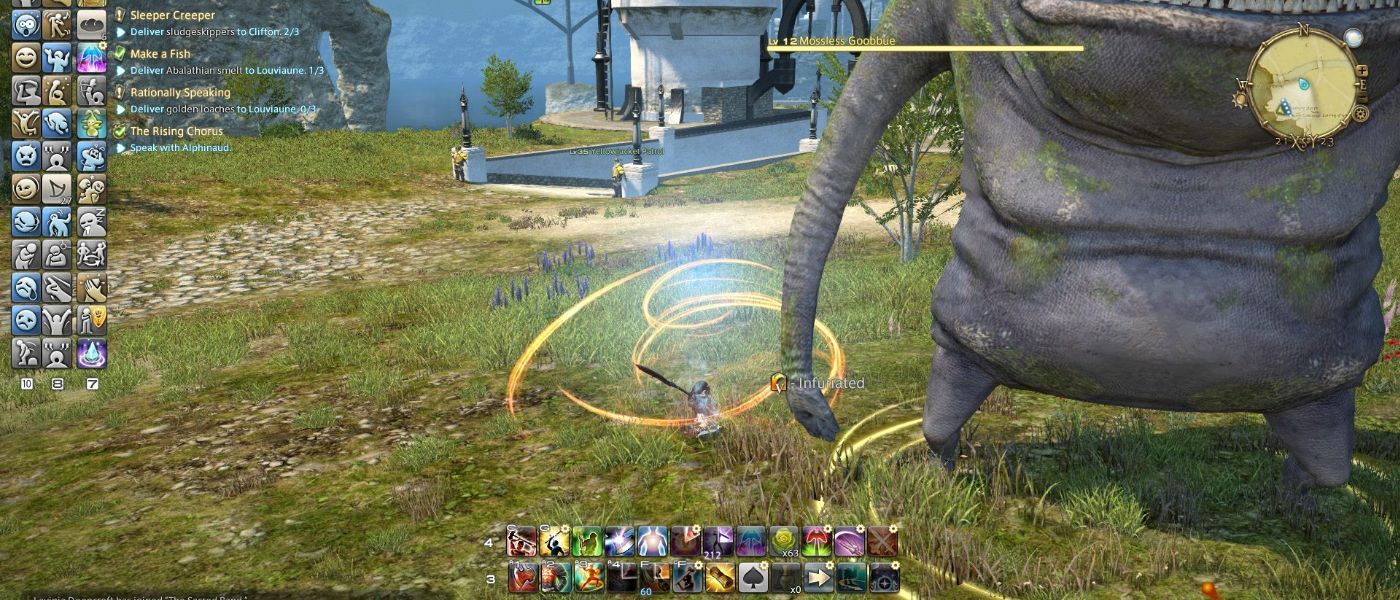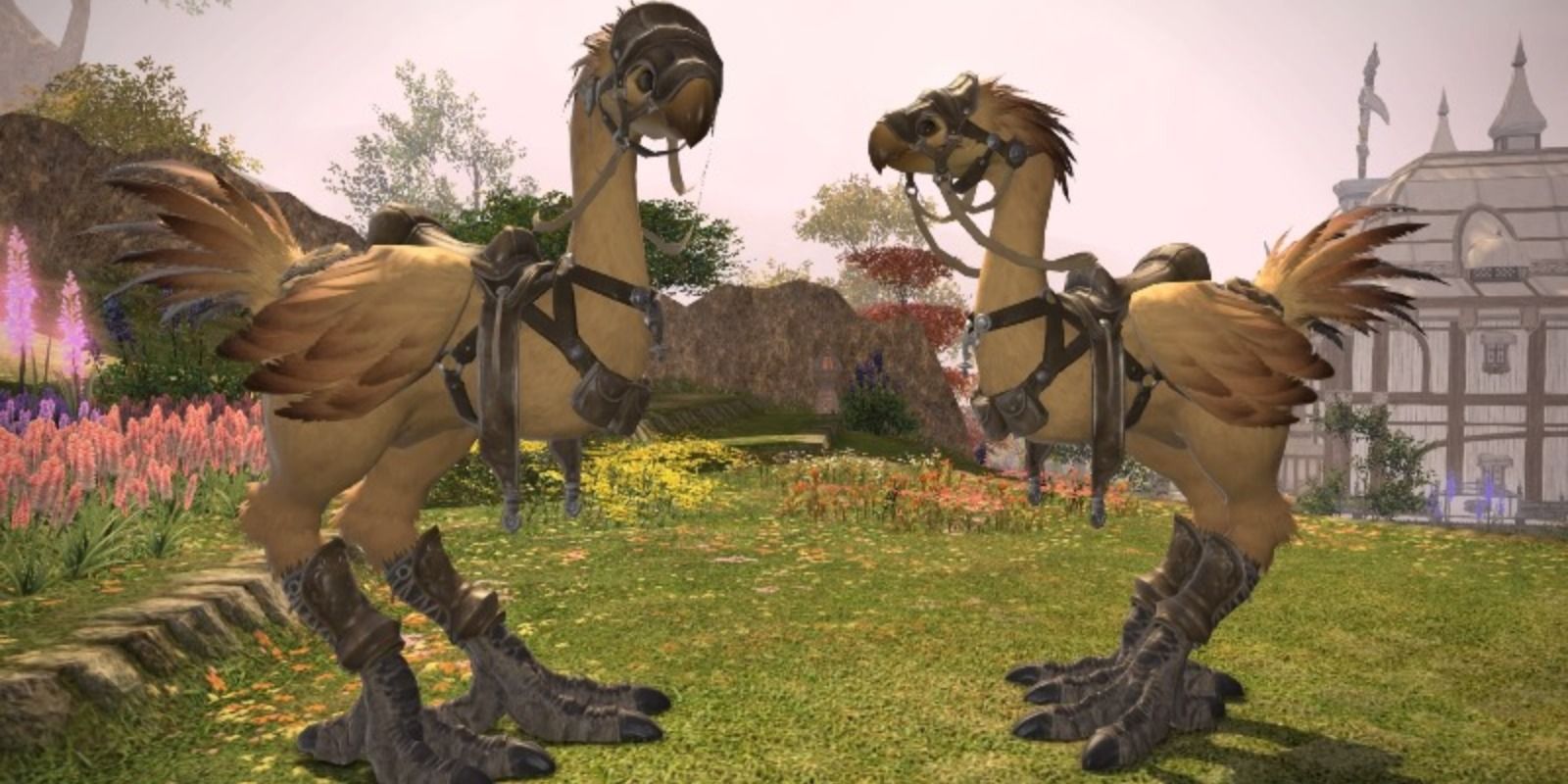In many ways, Final Fantasy XIV is the modern height of the franchise, at least in terms of broad reach and popularity. A Realm Reborn is an incredibly successful MMORPG, though this wasn't always the case. In fact, Final Fantasy XIV was initially a horrific disaster, resulting in the game being fine-tuned from the bottom up to become its current incarnation.
Those who've only recently gotten into the game may not realize just how poorly the game was initially received, especially given how much its recent success has financially helped Square Enix. As the game as a whole is now over 10 years old, here's a look back at why the original version was so horrible and how it paved the way for the reboot.
The Original Final Fantasy XIV
Final Fantasy XIV launched in 2010 for Windows, and it was the second MMO entry in the main Final Fantasy franchise. The storyline takes place in the region of Eorzea on the planet Hydaelyn, which is broken into three different sections. The plot involves wars between different regions, with one conflict threatening to summon the moon Dalamud into the planet's contact and wipe out the races of beastmen who reside there.
The nations' Adventurers eventually come together to end their squabbles, but not before it's revealed that Dalamud is actually a prison for the monstrous villain Bahamut. The creature begins to lay waste to the entire planet, with nothing that the Adventurers try posing any real threat to end his reign of terror. With no other option, a scholar opens a time rift, allowing the player to travel five years into the future where Eorzea has recovered from its seeming destruction.
Why the Original Final Fantasy XIV Failed
The biggest reason for the failure of the first Final Fantasy XIV, especially initially, was that many saw it as being released too early. This was due to the litany of bugs, glitches and interface issues that made diving into the game's supposedly deep mechanics an absolute chore. One example of how buggy the game's system was stemmed from the graphics. The visual elements of the game itself were fantastic, but even this became a problem.
By focusing so much processing power on graphics for even basic window dressing objects that couldn't be interacted with, this meant that other tasks would be left lacking. Only a few characters could even show up on-screen at one time, which was entirely antithetical to the nature of MMOs. On top of that, the most basic of motions and actions would require incredibly powerful computers to refrain from being laggy. Even when the game worked, its lack of real socialization made it borderline unplayable.
This can be blamed on the development team's admitted lack of experience with MMORPGs, which even today lack popularity in Japan. Their only experience had been with the by then very outdated Final Fantasy XI, so the many changes and expectations of the genre were lost on them. Things as simple as changing gears, lack of inventory room, fatigue systems and a general lack of really meaty content made the game absolutely worthless compared to its contemporaries.
How Final Fantasy XIV Was Saved
Square knew that the game was not only a travesty but also potentially detrimental to the ongoing legacy of the Final Fantasy franchise as a whole. Thus, they soon got to work in what would be a do-or-die attempt to salvage the game and the series' reputation. Naoki Yoshida was made the director of this new version of the game, and his plan to turn around the game's fortunes involved directly dealing with the first version's issues. He brought in MMO experts from inside and outside of Square Enix so that they could guide the game on what was actually needed.
Workflow sheets were made for every aspect that had to be fixed, and n the end, many MMO cliches were done away with in what would become A Realm Reborn. A greater focus on story was also incorporated, ensuring that there was more than enough content and customization this time around. More consistency was implemented as well, including less of a reliance on patches to fix potential problems. Seemingly overnight, Final Fantasy XIV was an entirely different game altogether. Now one of the best MMOs in years, the fruits of Final Fantasy XIV: A Realm Reborn were sown in its first failure of a form.




